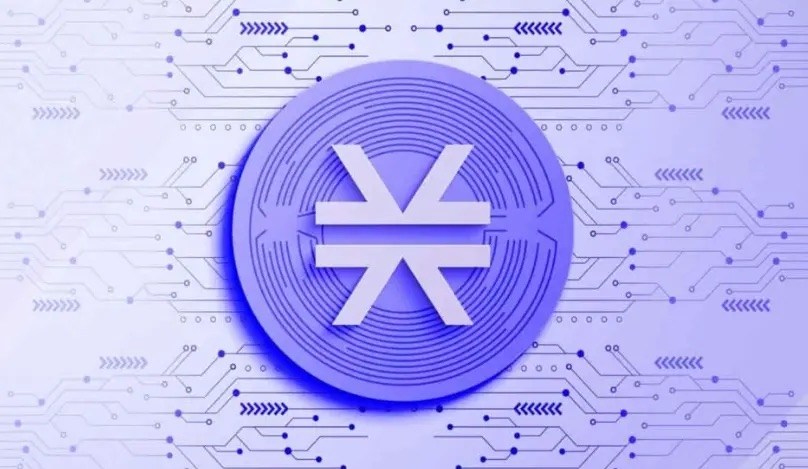Geopolitical Limbo Halts H20 Sales, Clouds Nvidia's China Outlook
- Nvidia reported Q2 revenue of $46.7B, exceeding forecasts, but China sales dropped to $2.8B due to halted H20 chip exports. - U.S. export bans and China's security concerns over H20 chips created $2.5B revenue loss and inventory costs for Nvidia. - Production of H20 chips was suspended as Nvidia prepares for prolonged restrictions amid unresolved 15% U.S. revenue-sharing terms. - Uncertainty over geopolitical rules and older H20 architecture weakened investor confidence despite strong AI product expectat
Nvidia posted better-than-expected results for its second quarter, driven by robust demand for its data center chips, but the company faces ongoing uncertainty regarding sales of its H20 chips in China. The chipmaker reported revenue of $46.7 billion, exceeding analyst estimates of $46.1 billion, with adjusted earnings per share of $1.04 against a projected $1.01 [4]. However, the absence of H20 chip sales to Chinese customers during the quarter significantly impacted revenue, with China’s contribution dropping to $2.8 billion from $5.5 billion in the first quarter [1].
The H20 chips, which are a less powerful version of Nvidia’s Hopper architecture designed to comply with U.S. export regulations, have been at the center of a geopolitical tug-of-war between the U.S. and China. In April, the Trump administration imposed an export ban on H20 sales to China, resulting in a $2.5 billion revenue loss and $4.5 billion in inventory costs for Nvidia [1]. In July, the administration indicated it would issue export licenses for H20 sales to China in exchange for a 15% revenue share with the U.S. government. However, no formal regulations have been published, leaving the arrangement in legal limbo due to constitutional concerns over export taxes [1].
Compounding the issue, the Chinese government has taken steps to discourage the use of H20 chips, citing national security concerns. Local authorities have reportedly requested that technology firms reduce their reliance on these chips and have summoned Nvidia for discussions on potential security risks, such as backdoors or remote access capabilities [2]. In response, Nvidia has reportedly asked key suppliers, including Samsung Electronics and Amkor Technology , to suspend production of H20 chips [2]. This move suggests the company is preparing for prolonged restrictions, despite the recent indication that a limited number of Chinese customers have received export licenses.
The geopolitical uncertainty has also affected investor sentiment. Although Nvidia’s stock rose in early trading following the earnings report, it fell nearly 3.1% in the after-hours session [4]. The muted investor reaction may be attributed to the fact that H20 chips are based on an older architecture and no longer represent a core part of the company’s competitive advantage. Instead, investors appear more focused on upcoming products such as the Blackwell architecture GPU and the anticipated Vera Rubin platform [3].
Nvidia has outlined a cautious outlook for the third quarter, forecasting revenue of approximately $54 billion, excluding H20 sales to China [4]. CFO Colette Kress stated that the company could generate between $2 billion and $5 billion in H20 revenue in Q3 if geopolitical tensions ease and if more orders are secured [1]. However, the lack of clarity around the 15% revenue-sharing agreement and the ongoing production halts highlight the precarious nature of the company’s China strategy. The situation remains fluid, with potential legal challenges and shifting regulatory environments posing significant risks to Nvidia’s ability to regain a foothold in the Chinese market.
Source:

Disclaimer: The content of this article solely reflects the author's opinion and does not represent the platform in any capacity. This article is not intended to serve as a reference for making investment decisions.
You may also like
Cobie: Long-term trading
Crypto Twitter doesn't want to hear "get rich in ten years" stories. But that might actually be the only truly viable way.

The central bank sets a major tone on stablecoins for the first time—where will the market go from here?
This statement will not directly affect the Hong Kong stablecoin market, but it will have an indirect impact, as mainland institutions will enter the Hong Kong stablecoin market more cautiously and low-key.

Charlie Munger's Final Years: Bold Investments at 99, Supporting Young Neighbors to Build a Real Estate Empire
A few days before his death, Munger asked his family to leave the hospital room so he could make one last call to Buffett. The two legendary partners then bid their final farewell.

Stacks Nakamoto Upgrade
STX has never missed out on market speculation surrounding the BTC ecosystem, but previous hype was more like "castles in the air" without a solid foundation. After the Nakamoto upgrade, Stacks will provide the market with higher expectations through improved performance and sBTC.
